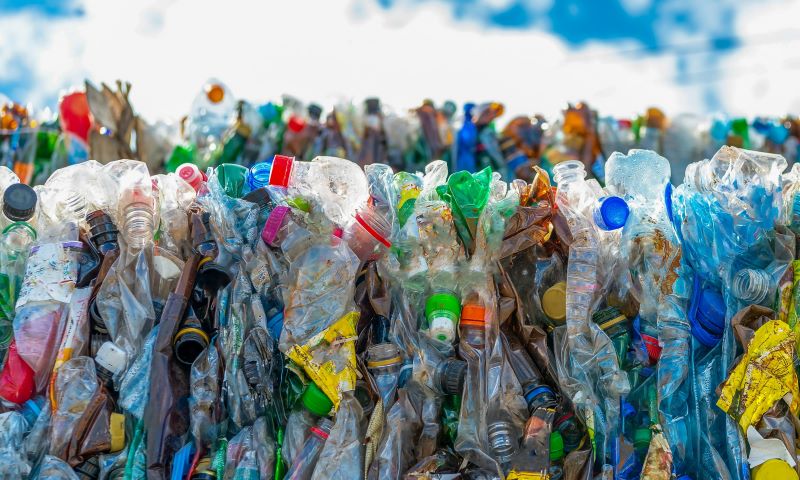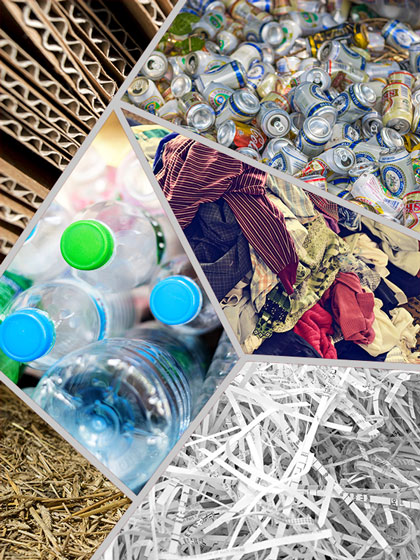
Welcome to the world of plastic bottle recycling, where every discarded bottle is a treasure waiting to be rediscovered! As a seasoned engineer in a baler manufacturing company, I've seen firsthand how the magic of recycling transforms what many consider waste into valuable resources. So, grab a seat (preferably on a chair made from recycled materials), and let's embark on this enlightening journey together.
Why Recycle Plastic Bottles?
Before we dive into the "hows," let's talk about the "whys." Plastic bottles are everywhere – from the soda bottle you sipped from at lunch to the water bottle you carry on your morning jog. Unfortunately, they often end up in landfills or oceans, causing environmental havoc. Recycling these bottles not only reduces waste but also conserves resources, reduces greenhouse gas emissions, and fosters a sustainable environment. Plus, it feels good to do good, right?
The Recycling Process: A Step-by-Step Guide
Step 1: Collection and Transportation
Our journey begins at your doorstep. Plastic bottles are collected from homes, businesses, and recycling centers. They're then transported to recycling facilities, where the real fun begins.
Step 2: Sorting and Separation
At the recycling facility, bottles undergo a critical phase - sorting. Here, they are sorted based on their type, color, and whether they contain residual liquid. This step is crucial because different plastics have different recycling requirements, like PET, PE, PP, and liquid can significantly affect the final bales’ liquid content. Some facilities use sophisticated machines, while others rely on the keen eyes of workers. After sorting and separation, these plastic bottles will be compressed by hydraulic balers into dense manageable bales to be ready to move into the next step.
Step 3: Cleaning and Shredding
Next, the compressed bottles are transported to plastic granulation factories to be cleaned to remove any impurities, labels, or leftover liquids. Once sparkling clean, they're shredded into small pieces called 'flakes.' This makes them easier to process in the next stages.
Step 4: Melting and Reshaping
The flakes are then melted and transformed into pellets. These pellets are like the building blocks of the recycling world – they can be molded into new products, from new bottles to clothing fibers.
Step 5: Making New Products
Finally, the pellets are shipped off to manufacturers who turn them into new products. This is where creativity kicks in – recycled plastic can become anything from new bottles and containers to clothing, carpeting, and even furniture!
The Role of Plastic Balers in Recycling
Plastic bottle balers, pivotal in the recycling process, compact and bundle plastic waste, making transportation and handling more efficient. As an engineer in the field, I've seen various balers in action, and here's what I recommend:
Vertical Balers
Ideal for small to medium-sized operations, vertical balers are compact and efficient. They're perfect for businesses that generate moderate amounts of plastic waste.
Horizontal Balers
For larger operations, horizontal balers are the way to go. They can handle massive amounts of materials and are often automated, making the process smoother and faster.
Some plastic recycling plants utilize a blowing system to separate bottles with and without liquid before conveying them into the horizontal baler. Bottles without liquid are efficiently blown into a storage bin and then conveyed into the horizontal baler for baling. However, bottles with liquid are excluded from this process. This innovation significantly reduces the liquid content in the final compressed bales, enhancing their market value and acceptability by plastic granulation factories.
Two-Ram Balers
Two-ram balers are the heavyweights of the baler world. They're incredibly versatile and can handle various types of materials, including plastics, with ease.
Tips for Efficient Recycling
Rinse Your Bottles: Before tossing them into the recycling bin, give your bottles a quick rinse. It helps in the cleaning process later on.
Don’t Crush Bottles: While it might save space in your bin, crushing bottles can complicate the sorting process. Keep them in their original shape.
Check Local Guidelines: Recycling rules can vary by location, so always check with your local recycling program for specific instructions.
Spread the Word: Encourage others to recycle. The more people participate, the more effective the process becomes.
In Conclusion
Recycling plastic bottles is more than just a process – it's a commitment to a healthier planet. As an expert in the field, I can assure you that every bottle recycled makes a difference. And with the right equipment, like plastic balers, we can make this process more efficient and impactful.
So, if you're in the recycling industry and looking for efficient, reliable plastic balers, don't hesitate to contact us. Our expert team is ready to provide you with the best solutions tailored to your needs. Let's work together to make recycling a rewarding journey!
